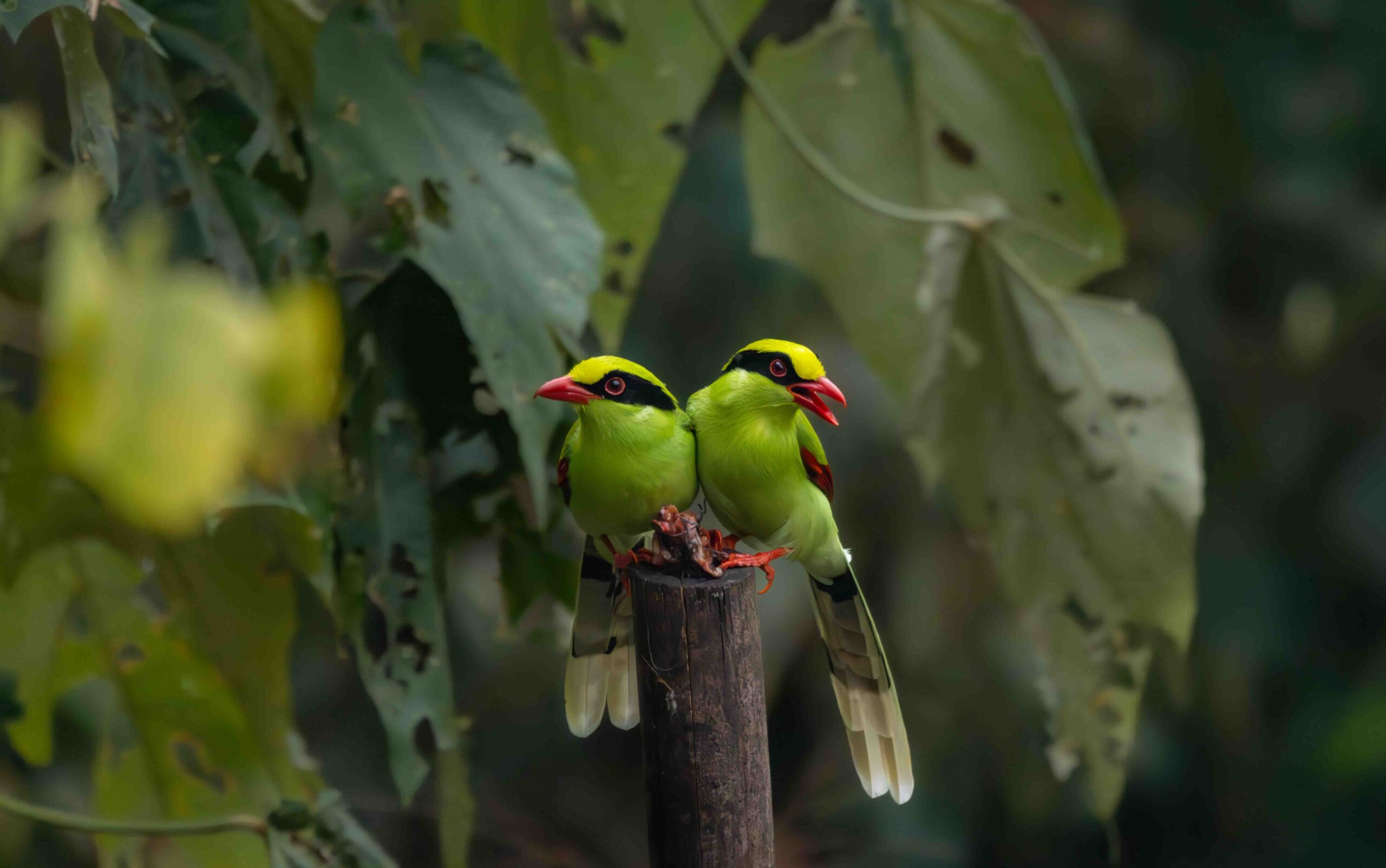Key Sights & Birds to Look Out For:
Birds:
o Yellow-vented Warbler
o Long-tailed Sibia
o Golden-throated Barbet
o Blue-winged Minla
o Slaty-headed Parakeet
o Indian Blue Robin
o Fire-tailed Myzornis
o Black-headed Jay
o Maroon Oriole
o Common Hill Myna
o Rusty-cheeked Scimitar Babbler
o Rufous Necked Hornbill
o Red headed Trogon
o Blue throated Barbet
o Greater barbet
o Verditer bee Eater
o Spider Hunter
o Frogmouth
o Scops Owl
o Barred Owlet
o Sultan Tit
o Niltava
Wildlife:
o Barking Deer
o Macaques
o Wild Boar
o Asian Elephants (occasionally spotted)
o Macaques
o Malayan Squirrel
o Clouded Leopard (rare sightings)
Scenic Spots:
o Teesta River and Kalimpong Hills (from The Hornbill View Cottages)
o Rongtong Waterfalls (birding and scenic views)
o Lava and Rishop (Himalayan views, birdwatching)
o Senchal Wildlife Sanctuary (diverse wildlife and birding trails)
o Ahaldara View point
o Sittong Orange Orchard
Important Notes:
- 1. Transportation: It’s recommended to hire a suitable vehicle and a local guide for a better birding experience. A local vehicle or driver for transportation will be helpful to navigate between the different birding spots.
- 2. Birding Gear: Bring binoculars, a camera with a zoom lens, a birding field guide, and a notebook for documenting your sightings.
- 3. Clothing and Gear: Weather can change rapidly in the hills, so bring layers of clothing. Also, pack some rain gear and sturdy shoes for trekking.
- 4. Flexibility: Birding is dependent on weather and wildlife movement, so flexibility in the itinerary might be needed based on sightings and conditions.

